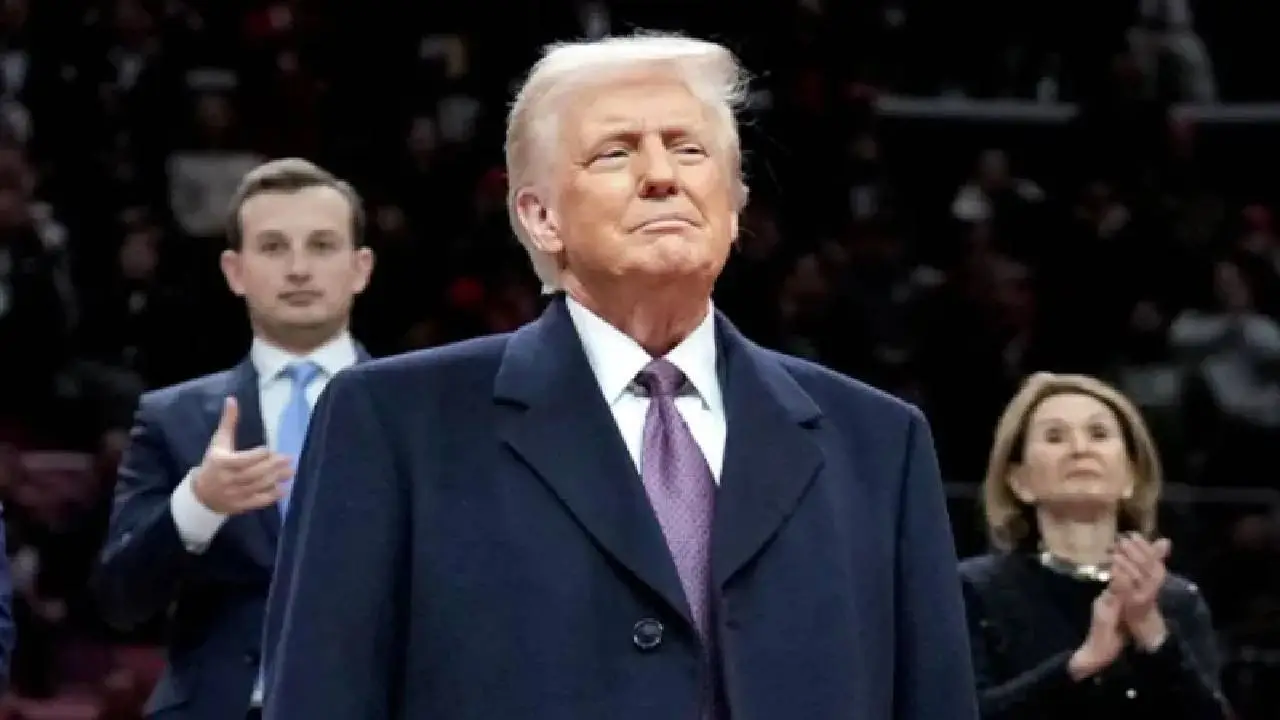
TRUMP
International News: U.S. President Donald Trump has announced an extra 25% tariff on goods imported from India. He said the move is a response to India’s purchases of Russian oil. This action is likely to raise tensions between the United States and Prime Minister Narendra Modi’s government.
Trump signed the executive order on Wednesday, soon after a senior U.S. envoy, Steve Witkoff, met with Russian President Vladimir Putin in Moscow. The White House statement made it clear: Trump believes it is “necessary and appropriate to impose an additional ad valorem duty on imports from India, which is directly or indirectly importing Russian Federation oil.
This new duty is added on top of existing tariffs, effectively doubling the levy on many Indian exports to the United States to 50% total. India was already paying 25% tariffs, and the latest announcement confirms the higher rate will take effect starting August 27.
Experts warn that this aggressive tariff policy will further strain relations between the two largest democracies. While U.S.–India cooperation has grown recently in defence and technology, the sudden escalation may derail progress on a potential interim trade deal that had been nearing completion just weeks ago.
Almost all analysts agree that the direct economic pain from the tariff increase may be limited. India's economy relies heavily on internal consumption, with total exports to the U.S. worth around $86.5 billion—approximately 2% of India’s nominal GDP for fiscal year 2024–25. However, investor confidence could take a hit at a critical time, as India seeks to attract foreign investment from global manufacturers such as Apple.
Fitch Ratings’ Asia-Pacific sovereign ratings director Jeremy Zook noted, “The direct economic hit from higher tariffs will not be that large. But this could negatively impact investor sentiment, especially as India positions itself as a key destination beyond China.”
India's purchase of discounted Russian oil has helped its government manage inflation and reduce fuel subsidy costs. Analysts warn that if India stops buying this cheaper oil, its annual import bill could rise by up to $7 billion, according to Sumit Ritolia, lead analyst at Kpler.
Despite pressure from Ukraine to cut back on Russian oil imports, India has continued to source cheap crude since 2022. For now, the Modi government's near-term energy and fiscal stability appears to remain more secure than its global trade relations.





Copyright © 2025 Top Indian News
